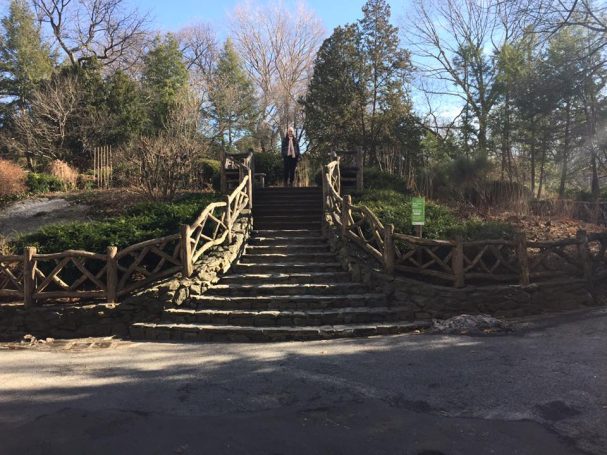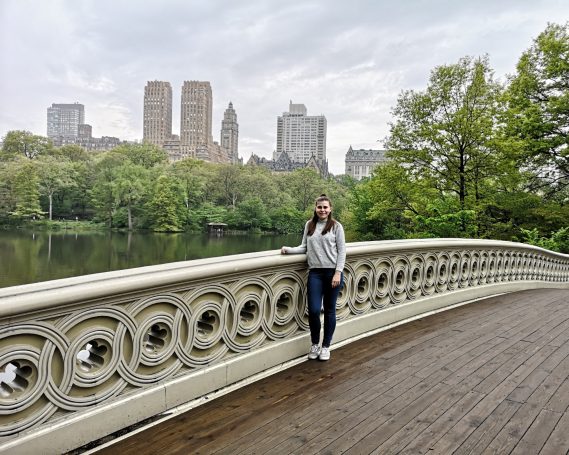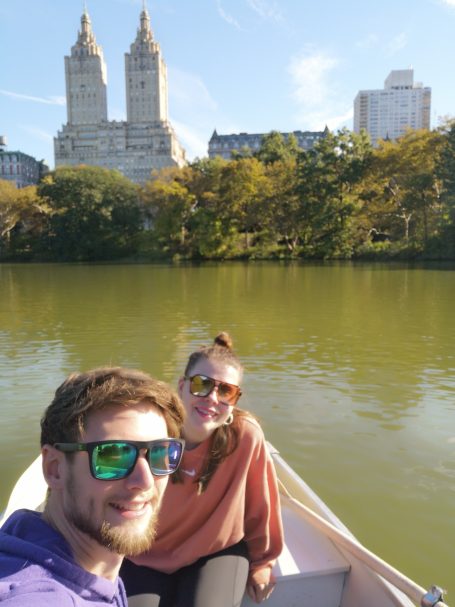travel tips: central park, new york city
Welcome to your comprehensive guide to Central Park, Manhattan's iconic 843-acre urban oasis! More than just a park, it's a vibrant tapestry of natural beauty, architectural wonders, cultural landmarks, and endless activities, offering a refreshing escape from the concrete jungle. From its sprawling lawns and tranquil lakes to hidden gardens and historical statues, Central Park beckons millions of visitors each year to explore its diverse landscapes and discover its unique charm.
Ready to learn more? Here's what's on this page:
best time to visit
seasonal Beauty
- Spring (March-May): Flowers are in full bloom, offering vibrant colours.
- Fall (October-November): Breathtaking foliage with stunning autumn colours. Many consider this the absolute best time for photography.
- Winter (December-February): Magical, especially with snow. Wollman Rink offers ice skating.
- Summer (June-September): Can be very hot and crowded. Visit early morning or late afternoon to avoid midday heat and peak crowds.
time of day to visit
- Early mornings (right at 6:00 AM opening) are best to avoid crowds, enjoy cooler temperatures (especially in summer), and experience a more peaceful park.
- Evenings, especially at sunset, offer beautiful skyline views.
MUst see attractions & activities
Bethesda Terrace & Fountain
Bethesda Terrace & Fountain, located at the heart of Central Park, is a grand, two-tiered architectural masterpiece designed by Calvert Vaux and Jacob Wrey Mould. Situated at the northern end of The Mall, it offers stunning views of The Lake and the Ramble.
Key features of the Terrace
- Intricate Carvings: Detailed depictions of the four seasons and times of day adorn its structures.
- The Arcade: An indoor passage known for its unique ceiling of nearly 16,000 vibrant Minton tiles (reputedly the only one in the world) and excellent acoustics, often hosting performers.
At its center is the Bethesda Fountain, officially named the "Angel of the Waters."
- The Statue: Unveiled in 1873 and sculpted by Emma Stebbins (the first woman to receive a major public art commission in NYC), it features a winged angel holding a lily, surrounded by four cherubs symbolizing Peace, Health, Purity, and Temperance.
- Symbolism: It represents healing (referencing a biblical story) and commemorates the Croton Aqueduct, which brought clean water to NYC, symbolising purity and health.
A beloved and recognisable landmark, Bethesda Terrace and Fountain are popular spots for relaxation, photography, and have been featured in numerous films and TV shows.

bow bridge
Bow Bridge is one of Central Park's most iconic and picturesque landmarks, renowned for its elegant design and romantic allure. Located in the heart of the park, spanning over The Lake, it connects Cherry Hill to The Ramble.
- Design and Construction: Built between 1859 and 1862, it was designed by Calvert Vaux and Jacob Wrey Mould, the same architects behind Bethesda Terrace. The bridge's name comes from its graceful, arching shape, which resembles an archer's bow. It's constructed of cast iron, making it one of the largest and oldest cast-iron bridges in the world.
- Architectural Features: The bridge features ornate classical-inspired railings, decorative urns, and eight large planters originally designed to hold flowers. Its sleek, low profile allows it to blend harmoniously with the natural landscape.
- Popularity: Bow Bridge is a favourite spot for photographers, romantic strolls, and marriage proposals. Its scenic views of The Lake, distant Manhattan skyline, and surrounding parkland make it a quintessential Central Park experience, often appearing in films and television shows. You'll frequently see rowboats from the Loeb Boathouse passing beneath it.
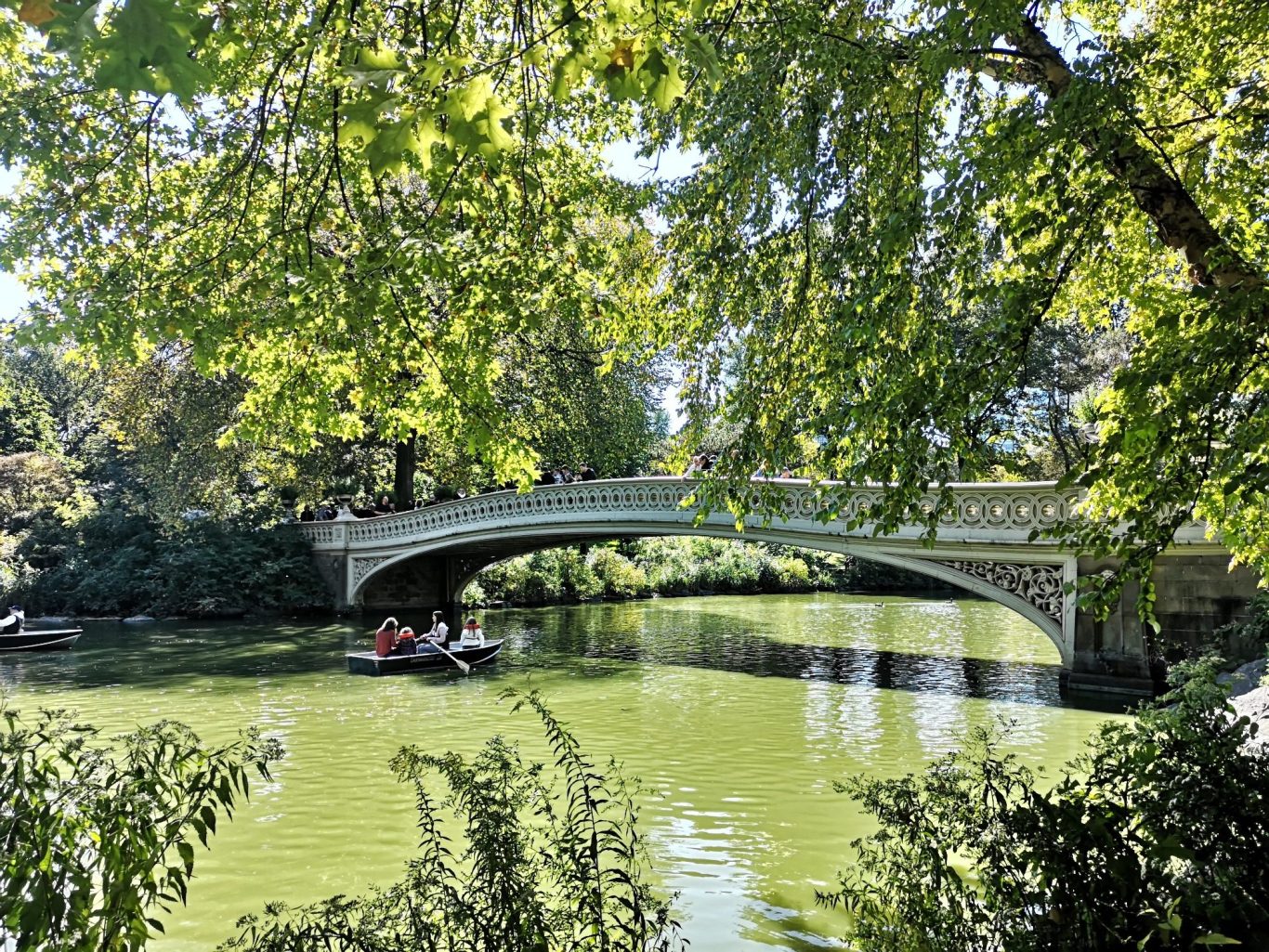
central park zoo
The Central Park Zoo is a compact, 6.5-acre zoo located in the southeast corner of New York City's Central Park, managed by the Wildlife Conservation Society (WCS).
Despite its small size, it's known for its focused exhibits based on climate zones (Polar Circle, Temperate Territory, Tropic Zone), featuring animals like grizzly bears, sea lions (popular feeding shows), and diverse rainforest creatures.
Highlights include its emphasis on conservation, the interactive Tisch Children's Zoo for younger visitors, and daily sea lion and penguin feedings. Dating back to an 1860s menagerie, the zoo was fully renovated in 1988. It operates daily, year-round, with an admission fee, making it a charming spot for a few hours of animal encounters in the heart of Manhattan.
Conservatory Garden
The Conservatory Garden is Central Park's sole formal garden, a meticulously landscaped 6-acre sanctuary offering a tranquil escape. It comprises three distinct European-style sections:
- Italian Garden (North): Features a grand lawn, pleached crabapple trees, a wisteria pergola, and the iconic Vanderbilt Gate entrance.
- French Garden (Central): Known for the Untermyer Fountain with its dancing maidens and vibrant seasonal displays of tulips and chrysanthemums.
- English Garden (South): A more informal, pastoral space dedicated to Frances Hodgson Burnett, featuring perennials, shrubs, and a peaceful water lily pond.
Accessible primarily via the Vanderbilt Gate at 105th Street and Fifth Avenue, this "hidden gem" is popular for quiet contemplation, romantic strolls, and photography, especially during peak blooming seasons.
Strawberry fields
Strawberry Fields is a tranquil 2.5-acre landscaped section in Central Park, dedicated to the memory of John Lennon, who lived nearby and was tragically shot in 1980.
Unveiled on Lennon's 45th birthday (October 9, 1985) and designed as a "Garden of Peace," it's a designated Quiet Zone. Its focal point is the famous "Imagine" mosaic, a gift from Naples, Italy (Pictured below). Surrounded by diverse global flora, it serves as a serene spot for contemplation, reflection, and musical tributes from fans, honoring a global icon in the heart of New York City.

The Mall & Literary Walk
The Mall & Literary Walk form one of Central Park's most beloved and iconic promenades, offering a grand, tree-lined pathway that leads directly to Bethesda Terrace and Fountain.
- The Mall: This wide, straight, pedestrian promenade is famously lined on both sides by a majestic canopy of American Elms, forming a natural cathedral-like archway overhead. It was designed as Central Park's primary formal walkway, envisioned as a place for grand public gatherings and leisurely strolls. In the 19th century, it was a fashionable spot for New Yorkers to see and be seen.
- The Literary Walk: The southern end of The Mall broadens into an area known as the Literary Walk. This section is distinguished by a collection of statues honouring prominent writers, including William Shakespeare, Robert Burns, Sir Walter Scott, and Fitz-Greene Halleck.
- Popularity: Today, The Mall remains a vibrant hub for leisurely walks, street performers, artists, and often hosts impromptu gatherings and events. Its beauty makes it a popular spot for photography, filmmaking, and simply enjoying the classic Central Park experience. It truly embodies the park's dual purpose as both a natural escape and a civic gathering place.
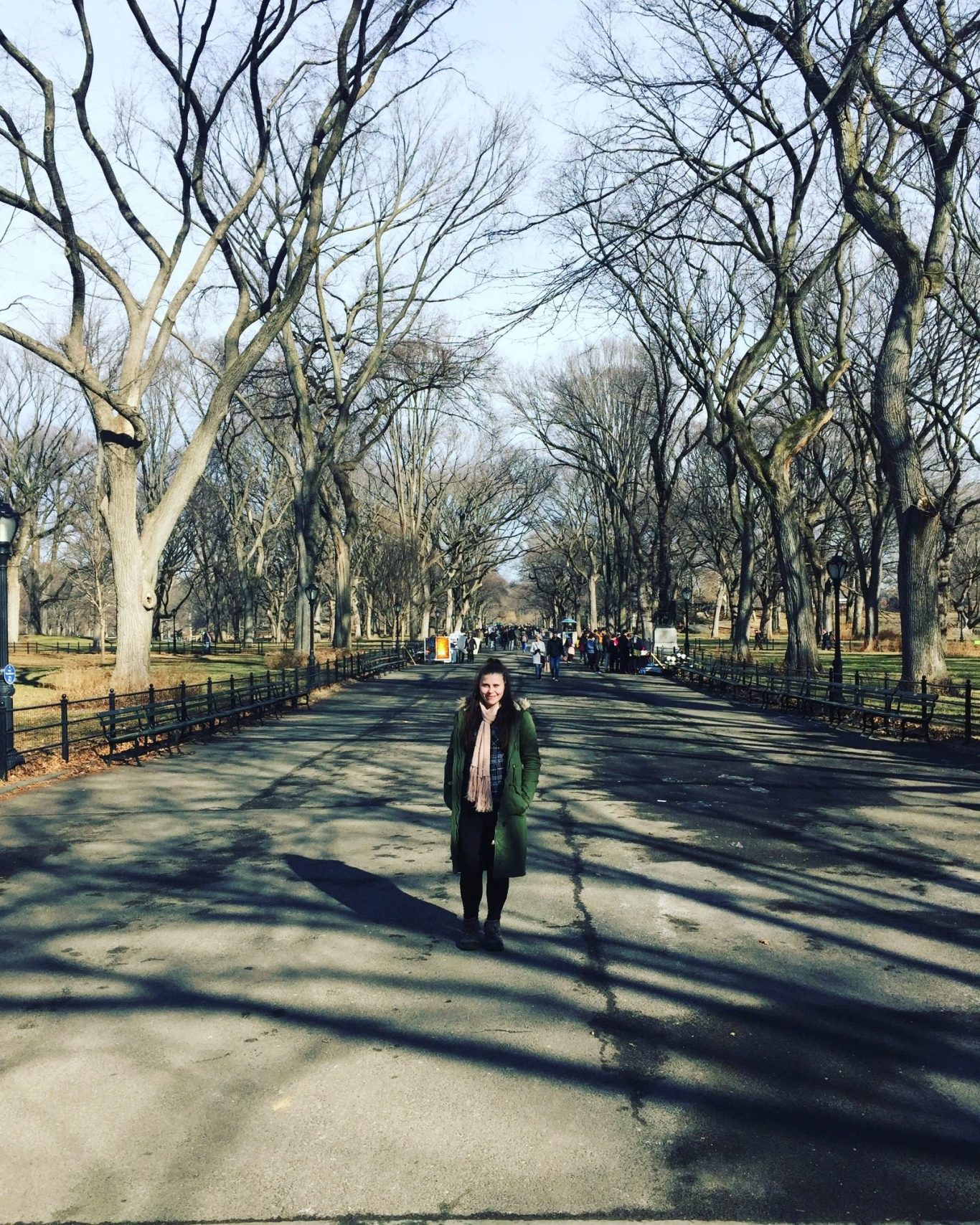
Belvedere Castle
Belvedere Castle, a miniature castle completed in 1872 by Calvert Vaux and Jacob Wrey Mould, sits atop Central Park's Vista Rock. Initially an open-air lookout for scenic views, it became a U.S. Weather Bureau station in 1919 and still functions as a weather observation point. Today, it's a visitor centre and gift shop, offering wildlife exhibits and panoramic views from its terraces. This popular landmark showcases Central Park's blend of natural beauty and architectural charm, and you can spot it in many films and TV shows.
Jacqueline Kennedy Onassis Reservoir
The Jacqueline Kennedy Onassis Reservoir, a 106-acre body of water, is Central Park's largest feature, stretching from 85th to 96th Street. It's best known for its 1.58-mile (2.54 km) running track, which offers popular, scenic routes with panoramic views of the Manhattan skyline and the park. Originally built between 1858 and 1862 as part of the Old Croton Aqueduct, it was decommissioned in 1993 and renamed in 1994 to honor Jacqueline Kennedy Onassis. The Reservoir also attracts various bird species.
wollman rink
Wollman Rink, a public ice-skating rink in Central Park's southeastern section, opened in 1950, funded by Kate Wollman. Famous for its seasonal ice skating (late October to early April) (admission fee applies) with panoramic Manhattan skyline views, it also served as a concert venue and has recently been used for Victorian Gardens amusement park and CityPickle (a pickleball facility). Amenities include skate rentals, lockers, a café, and lessons. Easily accessible from 59th Street and 6th Avenue, it's an iconic New York City landmark featured in numerous media.
the lake
The Lake in Central Park, New York City, is a prominent 20-acre man-made body of water (the second largest in the park after the Reservoir). Designed by Olmsted and Vaux, it was one of the first areas of Central Park opened to the public in 1858, initially for ice skating and later for boating.
Today, The Lake is a popular spot for rowboating and gondola rides from the historic Loeb Boathouse. Its meandering shoreline offers picturesque views of the park and city, and it's surrounded by notable features like the Bow Bridge and Bethesda Terrace. It's also an important part of the park's ecosystem, attracting various bird and fish species, making it a favorite for birdwatching and catch-and-release fishing. The Lake and its surrounding areas, including the wild and heavily wooded Ramble, have undergone significant restoration efforts to maintain their natural beauty.
Don't miss the rowboat experience on The Lake! It's a fantastic way to see Central Park and Bow Bridge from a unique perspective, offering incredible fun at a very reasonable price for an NYC activity. As of June 2025, rentals are $25/hour Monday-Thursday and $30/hour Friday-Sunday. Be aware the line can get long, as boats are allocated on a first-come, first-served basis (no pre-booking), but it's open daily from 10:00 AM to 7:00 PM.
the statues of central park
alice in wonderland statue
The Alice in Wonderland statue in Central Park is a beloved bronze sculpture located on the north side of Conservatory Water. Commissioned by publisher and philanthropist George Delacorte in 1959 as a memorial to his late wife, Margarita, and a gift to the children of New York City, it depicts Alice sitting atop a giant mushroom, surrounded by characters like the Mad Hatter (modelled after Delacorte), the White Rabbit, the Cheshire Cat, and the Dormouse.
Designed by sculptor José de Creeft, with Alice's face modelled after his daughter, the statue is unique for its interactive nature, encouraging children to climb and play on it. The base features engraved lines from Lewis Carroll's "Jabberwocky" and other poems. It's a popular spot for photos and has appeared in various films and television shows, making it a cherished and iconic landmark in Central Park.

Balto Statue
The Balto statue in Central Park, sculpted by Frederick Roth, commemorates the heroic Siberian husky who led the final leg of the 1925 serum run to Nome, Alaska. During a diphtheria epidemic, Balto and his team, along with other sled dog teams, relayed life-saving antitoxin over 600 treacherous miles through blizzards and extreme cold.
Unveiled on December 17, 1925, with Balto himself present, the bronze statue stands on a rocky outcrop near the East Drive and 67th Street. It depicts Balto in a strong, alert stance with his harness, and its base features a plaque dedicated to the "indomitable spirit of the sled dogs" and inscribed with "Endurance · Fidelity · Intelligence."
The statue is incredibly popular, especially with children, who often climb on it, making its bronze surface shine from years of interaction. Balto's story, a testament to bravery and teamwork, has inspired books, films, and remains a cherished and iconic landmark in Central Park.
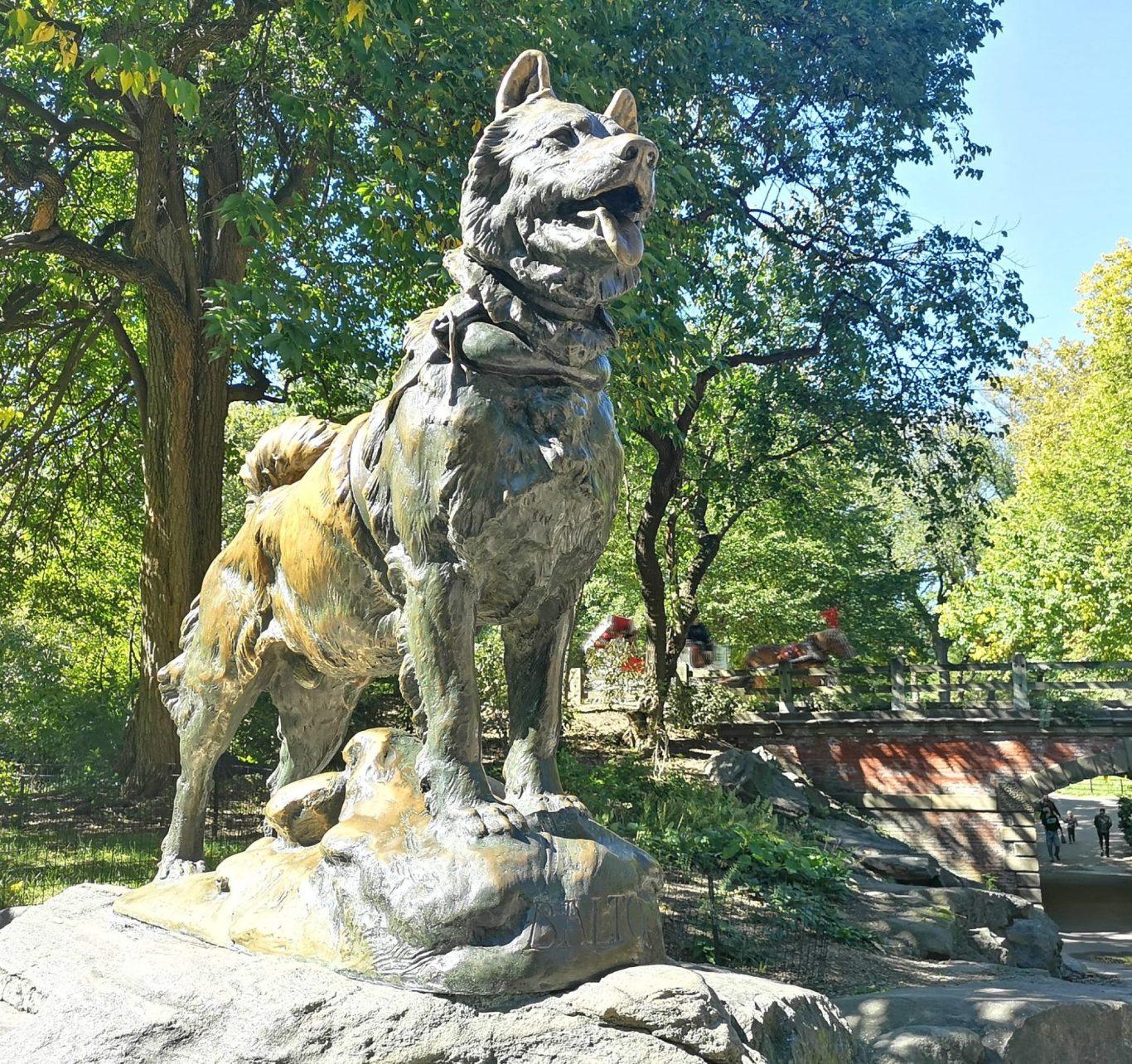
Hans Christian Andersen Monument
The Hans Christian Andersen Monument in Central Park is a bronze statue dedicated to the famous Danish fairy tale author, located on a terrace overlooking Conservatory Water. Unveiled in 1956 to commemorate his 150th birthday, the sculpture by Georg Lober depicts Andersen seated with his top hat removed, seemingly reading "The Ugly Duckling" to a small duckling.
The monument was largely funded by a Danish-American Women's Association, with contributions from schoolchildren in both Denmark and America. It is a highly interactive and beloved spot, especially for children who are often seen climbing onto Andersen's lap. Since 1957, it has also been the backdrop for a popular seasonal storytelling program, where professional storytellers share Andersen's and other fairy tales.
group of bears statue
The "Group of Bears" statue in Central Park is a bronze sculpture by Paul Manship, known for his work on Rockefeller Center's Prometheus. Located at the Pat Hoffman Friedman Playground near Fifth Avenue and 79th Street, it features three stylised bears and was dedicated in 1990 as a memorial to Pat Hoffman Friedman. While this particular cast was made in 1989 (from a 1960 mold), Man-ship originally created similar bear figures for the Bronx Zoo in 1932. This interactive sculpture is a beloved feature for children, who often climb on it, and is one of several child-friendly artworks in Central Park.
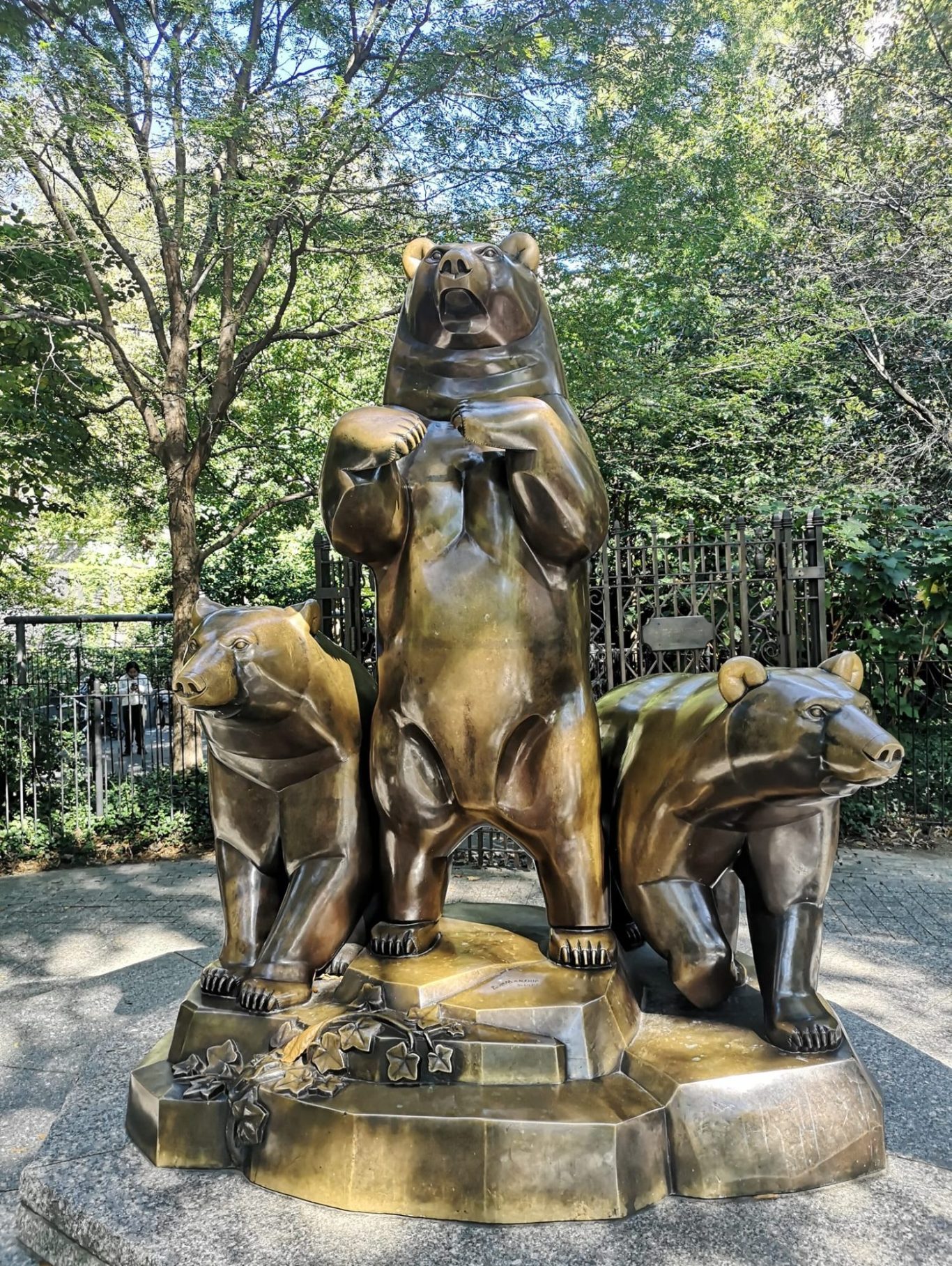
Last Updated: 20 June '25

